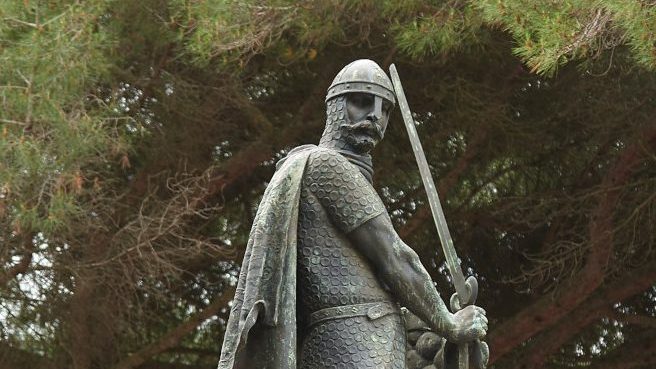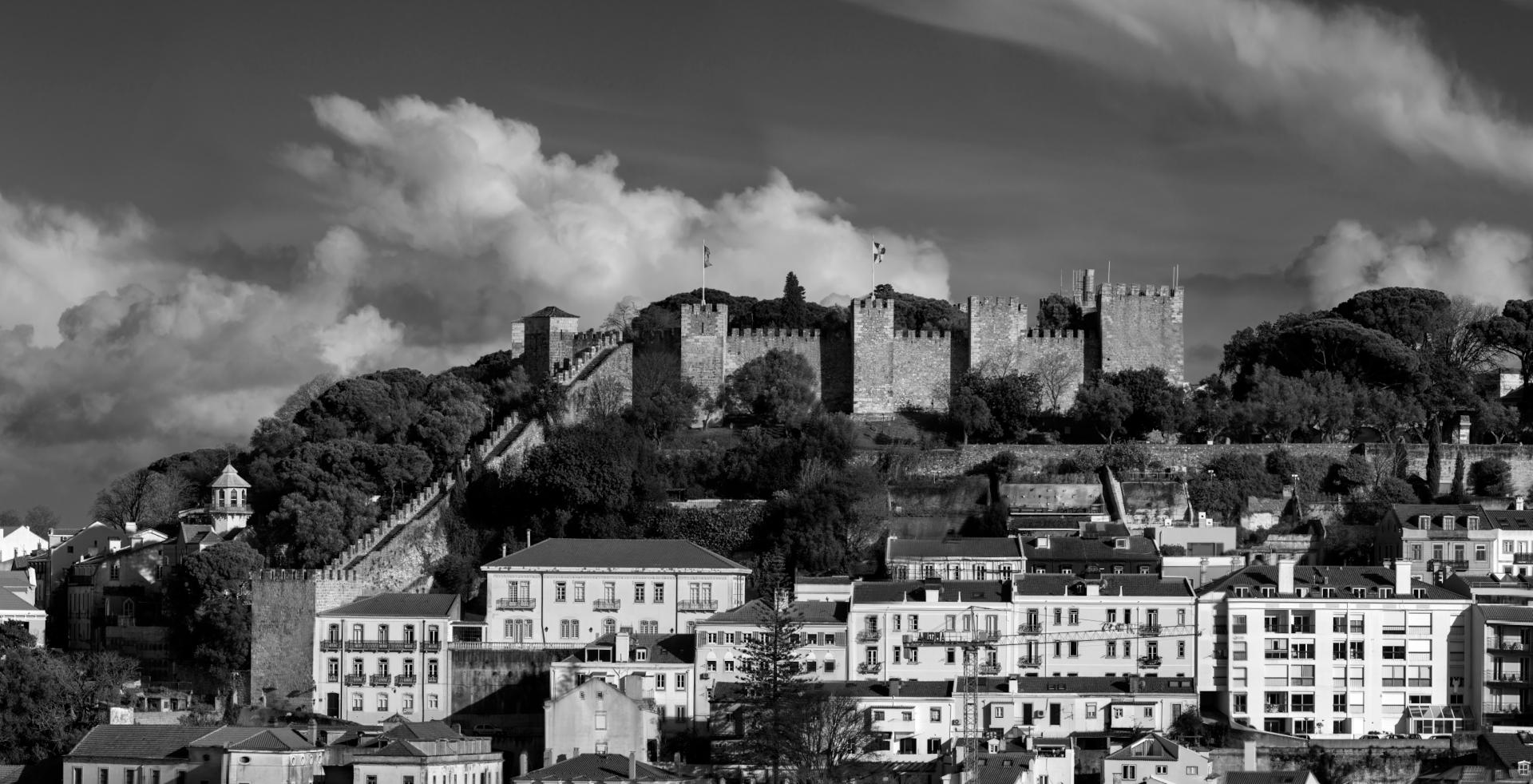King Afonso Henriques

Afonso Henriques, the first king of Portugal (1139-1185), carried out a first attack on Lisbon in 1142, aided by crusaders, but was unsuccessful. Only in 1147, following the conquest of Santarém in March, did Lisbon finally fall to the Christian forces in October. Assisted by crusaders from various parts of Europe (England, Normandy, Flanders, Boulogne-sur-Mer, Cologne and other parts of Germany) who were heading to the holy lands of Palestine in the Second Crusade, the king attacked the city at a moment of particular vulnerability, with the Almoravid empire disintegrating in the Iberian Peninsula and in the Maghreb. The siege lasted practically four months and culminated in the capitulation of the Muslims of Al-Ushbuna, facilitated by a food shortage and the crusaders breaching the wall.
After agreeing to surrender on 21 October, the gates were opened to the Christians four days later, which was followed by the usual sacking and violence of war, as well as the subsequent reorganisation of the spaces and people who resided in the city. In the words of the Anglo-Norman presbyter Raul, author of the best-known contemporary source on the siege of Lisbon (De Expugnatione Lyxbonensi), a contingent of 300 men (140 Anglo-Normans and 160 Colognians and Flemish) peacefully occupied the citadel, with the king later walking along the walls of the casbah.
Since 1947, there has been a statue of King Afonso Henriques in the castle’s place-of-arms. Created by Soares dos Reis, it was unveiled in Guimarães in 1888.
